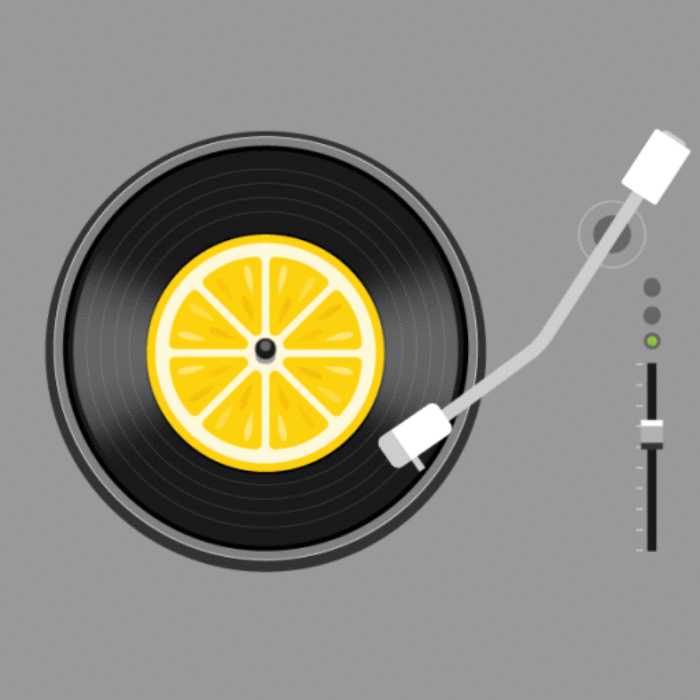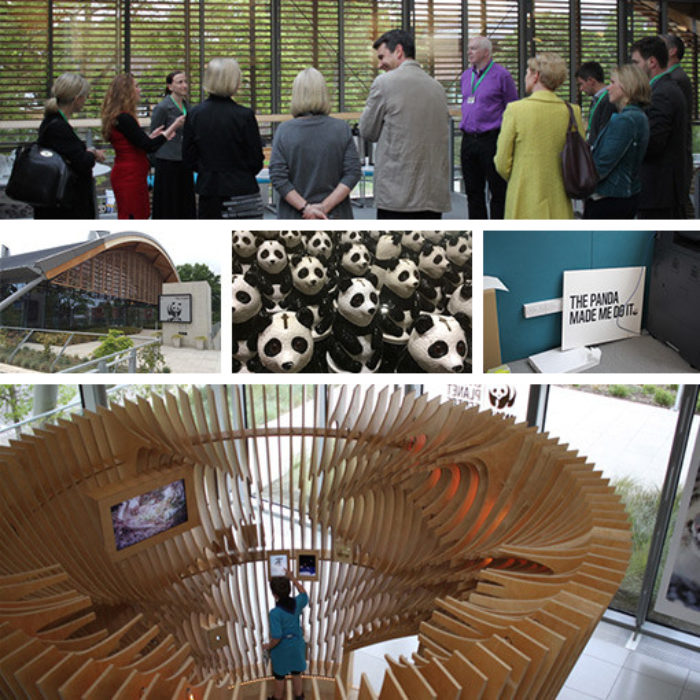Humanocracy: a book review and an act of imagination
Humanocracy: a book review and an act of imagination
Every human action is, to begin with, an act of imagination. This is true of the specific when you zoom in – the idea of the car or a pyramid or a map. It’s also true of wider ideas when you zoom out – money, gods and nations. They are all ideas. This much we know from Yuval Noah Harari’s book ‘Sapiens’.
Around 100 years ago, an act of imagination gave birth to standardisation. The king of standardisation was Frederick Taylor, who in 1911 published his book ‘The Principles of Scientific Management’. People were fundamentally wasteful in their actions, he believed. Business owners could and should increase efficiency by standardising every action at work. “It is only through enforced standardization of methods…and working conditions and enforced co-operation that this faster work can be assured,” he said.
Removing the anchors
The result has been the precedence of planning, processes and productivity. The corporate machine is the world standard. Taylor put it like this: “In the past, the man has been first, in the future, the machine must be first.” The result has been clear hierarchies. The job of directors is to direct, of managers to control what people do, of the finance function to control budgets, and of procurement departments to control how people buy. The human element has been crushed. Humans are resources. The machine has constrained creativity, innovation, social contact and our emotions, in service of structure and control.
The result has been hundreds of little anchors that prevent a balloon from flying. In his book ‘Brave New Work’, Aaron Dignan compares many business practices to the acts of sabotage recommended during the Second World War by the US Office of Strategic Services in its ‘Simple Sabotage Field Manual’. Among the instructions to sabotage from the inside are insisting on doing everything through channels, referring all matters to committees (as many as possible), haggling over precise wording, advocating caution and applying all regulations to the letter. Ring any bells?
When people are treated like cogs, they rebel. In one of my first jobs, I was on the line of a flower bulb packing business in Holland. There was no talking on the line. No laughter was allowed. An alarm sounded for strictly timed breaks. The low-paid student workers rebelled and dumped dozens of packed boxes in local canals. Today, major organisations have a more subtle knife. But again, wielding it at all, can work against their intentions. Only around one in ten Fortune 500 companies around in the 1950s are still in business today. The average age of a company in the S&P Index is now under twenty years.
Imagining a humanocracy
Ideas are powerful. They create a ‘bounded rationality’ in our thinking that makes it difficult to break out from our beliefs and our habits unless they are replaced by a more powerful idea. And one has arrived. It’s outlined in a compelling narrative by Gary Hamel and Michele Zanini in their book: ‘Humanocracy: creating organisations as amazing as the people inside them’. In an accessible but evidence-based argument they make the case against bureaucracy and for a new, if clumsily-titled, alternative of humanocracy.
Bureaucracies close things down. Power is centralised. Directors set strategy. Systems and processes require compliance. Whereas a ‘humanocracy’ opens things up. Power is distributed. Everyone sets strategy and activates it. In this world, outsiders become insiders, work is social, customers contribute to innovations, small modular units have power, creative skills are core, and everyone experiments.
Hamel and Zanini litter their book with examples. Take, for example, the Chinese consumer products business Haier whose desire to create zero distance between employees and customers led to dividing their 56,000 employees into 4,000 microenterprises. They live one of the core beliefs of a new kind of organization: every colleague is capable of thinking beyond their job description, contributing insight and ideas, and owning and implementing those ideas.
A new paradigm
So, which model is your organisation closer to? Do you want employees to save thousands by complying, or potentially make millions by freeing them to be more human?
The pandemic has given us breathing space to imagine a different world of work. Hamel and Zanini have imagined a new world and written a practical handbook on the early, practical and simple steps that can help bring it to life. I skimmed the huge list of tributes at the front of this book, which often overclaim the value of a work. One, from Jim Whitehurst, says: “this is the new management paradigm we’ve been needing for decades”. Sure, I thought, this and the hundreds of other business books released each year.
Except in this case, the comment may not be an overstatement. And Jim, by the way, is President of IBM.
Learn more about Humanocracy, order the book, and check your organisation’s BMI (Bureaucracy Mass Index) here: https://www.humanocracy.com/




